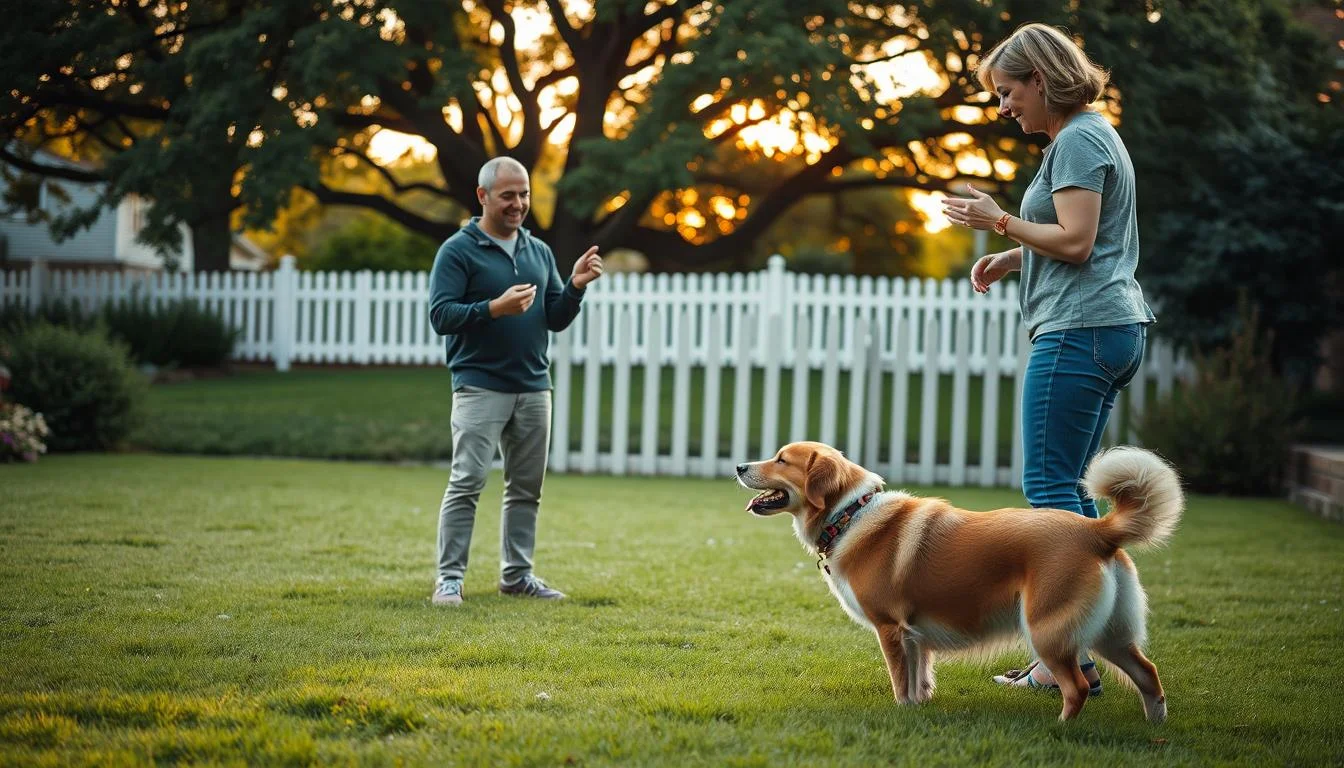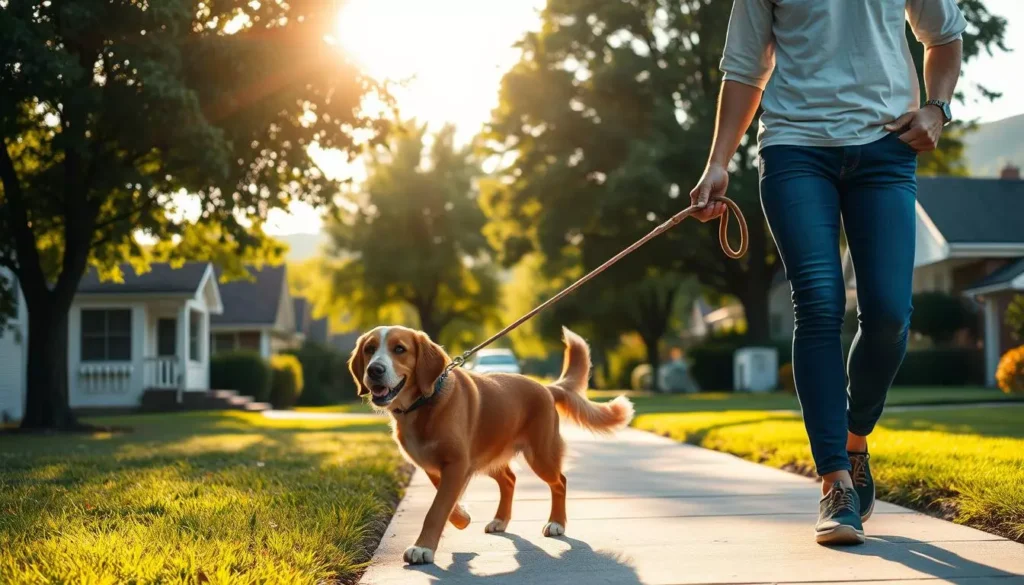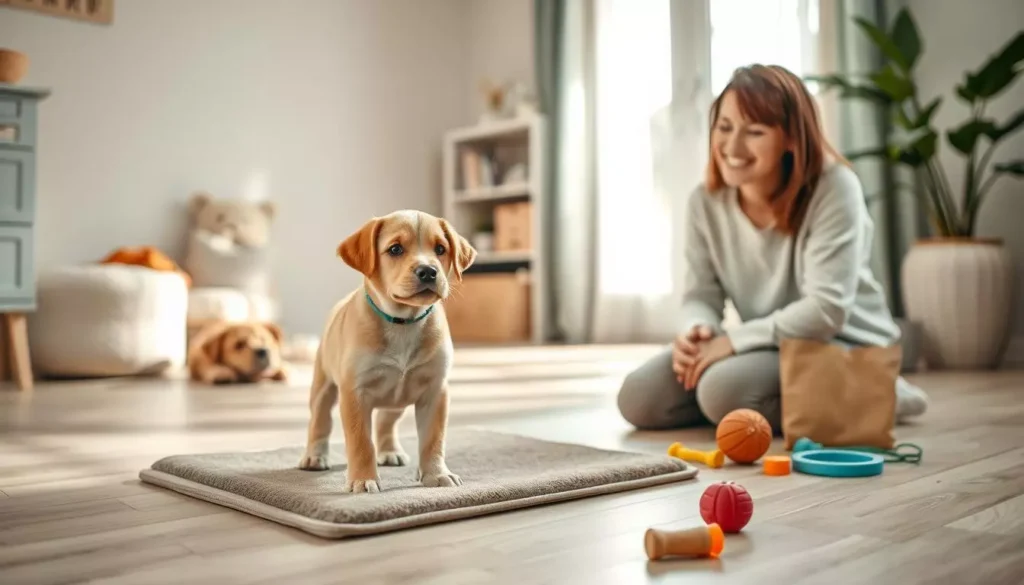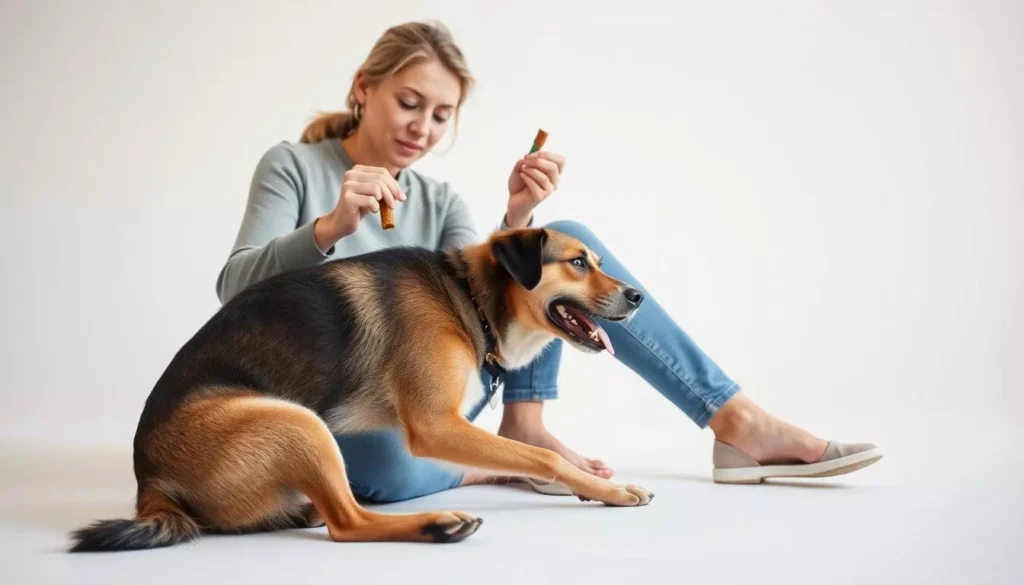I remember the first evening with my anxious rescue on the living room floor. We watched distractions win every time I asked for a simple sit. This frustration led me to read advice from Small Door medical experts and trainers across the United States. It changed my approach to training forever.
My goal is simple: share humane, positive-reinforcement methods that make training fair and fun. I learned to reward reliable behavior like paying a worker. I also avoid fear- or pain-based tools that harm trust.
In this guide, I'll share practical steps for reliable dog obedience training and effective pet behavior modification. We'll focus on short, consistent sessions and proofing behaviors in different places. We'll also use rewards that motivate your dog. I'll also tell you when to seek professional help.
Key Takeaways
- Start with positive reinforcement to build trust and repeatable behaviors.
- Keep sessions short and frequent to match your dog’s attention span.
- Use rewards deliberately—treats, toys, or praise—based on what motivates your dog.
- Proof behaviors across locations, distances, and distractions for reliability.
- Choose humane methods and seek professional classes when you need extra support.
Why I Choose Positive Reinforcement as the Foundation for Training
I focus on positive reinforcement in every session. It links a dog's action to a reward. When I praise or give a treat right after they do something, they learn faster and feel less stressed.
Most vets and trainers agree this is the safest way to teach. It helps dogs learn for the long term.
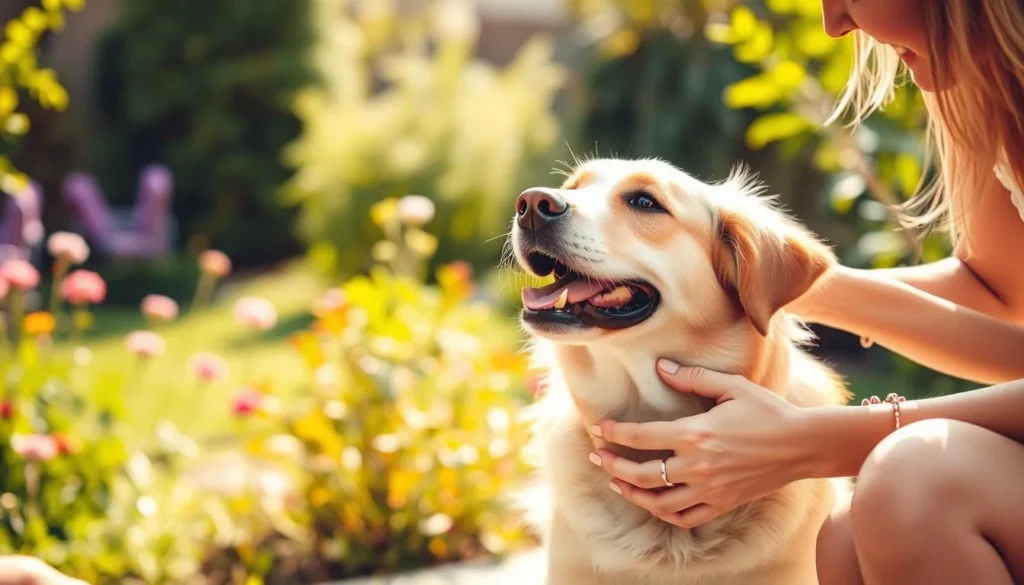
What positive reinforcement is and why vets and trainers recommend it
Positive reinforcement rewards good behavior instead of punishing bad ones. I follow advice from the American Veterinary Society of Animal Behavior and certified trainers. They say rewarding good choices helps reduce fear and builds trust.
This method leads to steady progress. It's a key part of the best dog training practices I use.
Rewards that work from your dog’s point of view
Dogs need rewards for their work. I find out what motivates each dog. Some love high-value treats like cooked chicken, while others prefer a fast game or praise.
I make a list of rewards for different situations. This helps me pick the best reward for each cue, even when it's hard.
Avoiding accidental reinforcement of unwanted behaviors
Accidental reinforcement happens when a dog gets attention for bad behavior. I stop rewarding bad behavior by not giving eye contact or touch until they calm down. Then, I reward the good behavior I want, like sitting quietly.
This way, I replace bad habits with ones that earn rewards. It's a key part of changing pet behavior for the better.
best dog training: Core Principles I Follow
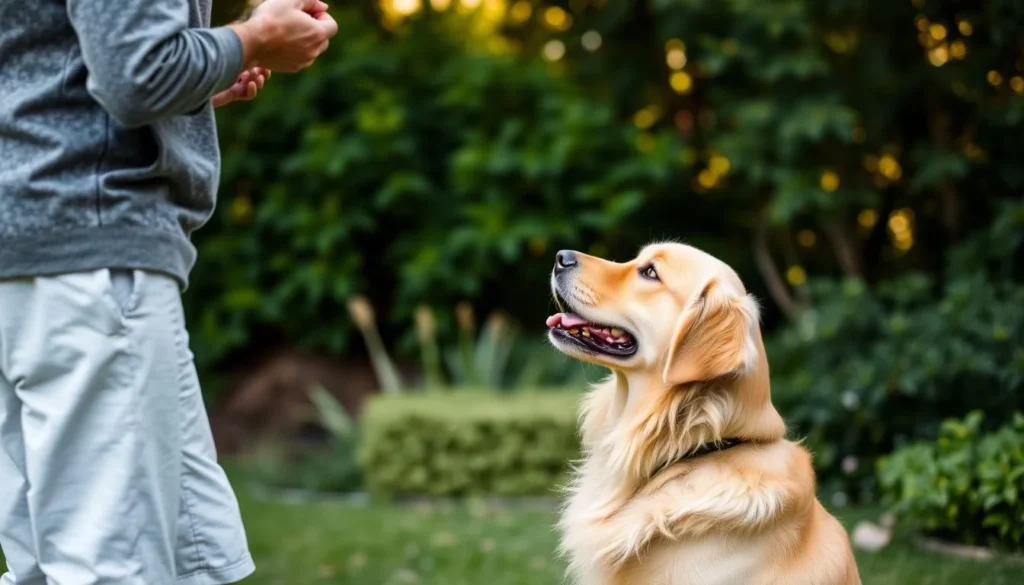
I create lessons based on simple rules for my dog and family. I aim for training that fits into our daily lives. It should work in the living room and at the park, readying my dog for distractions.
Consistency in cues, tone, and household rules
I always use the same cue word, body language, and tone. When everyone follows the same rules, my dog learns faster and makes fewer mistakes. I also ask guests to follow our signals to keep things consistent.
Short, frequent sessions and the AKC recommendation
I keep training sessions short and fun. The American Kennel Club suggests sessions of about five minutes to prevent boredom or frustration. I do these short sessions several times a day to build habits without overwhelming my dog.
Proofing behaviors across locations, distance, duration, and distraction
Proofing behaviors means training in different places. I gradually increase distance, duration, and distractions to make sure commands work everywhere. This helps my dog learn to follow commands in various situations, like busy sidewalks.
I also take my dog to professional dog obedience classes. These classes help us face new challenges and learn how to handle distractions. They also give my dog a chance to interact with different trainers.
My routine combines consistent cues, short daily practice, and proofing behaviors. This approach makes training humane and effective for both my dog and me.
How I Find the Right Reward for My Dog
I test many items to see what motivates my dog. Some dogs love soft, chewy treats. Others get excited about squeaky toys or a warm hug. Finding the right reward is crucial for effective training at home.
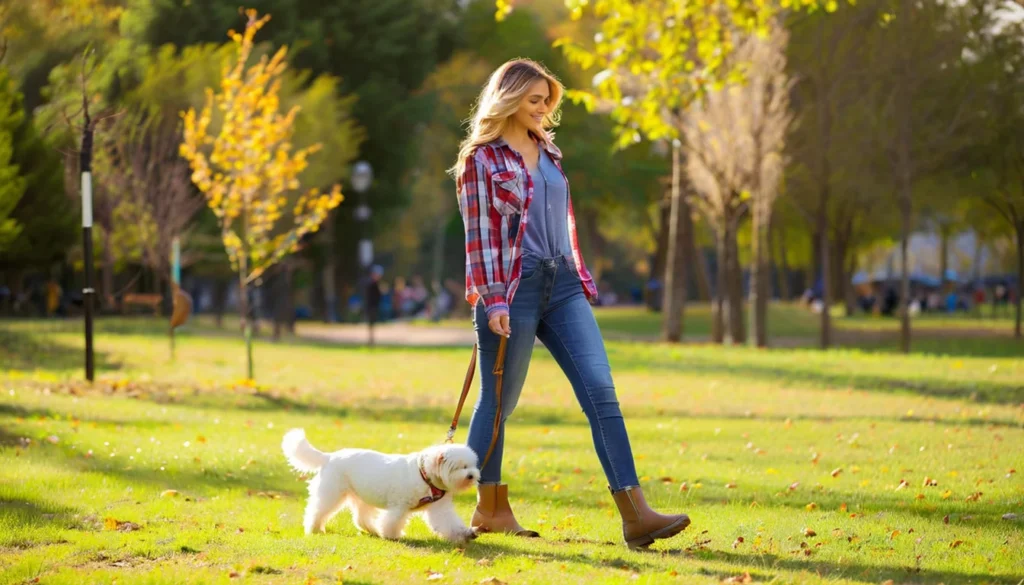
I conduct quick taste and play tests in short sessions. I offer small bits of kibble, carrot, cooked chicken, and a favorite ball. I see which item gets my dog's attention the fastest. If it doesn't, I stop using it.
I create a clear reward hierarchy based on task difficulty. For simple cues, I use low-value rewards like dry kibble or petting. For harder tasks, I use mid-value items like small cheese pieces. The best rewards, like cooked chicken or a prized toy, are for distractions or public practice.
To keep training ethical, I mix rewards between food, play, and praise. This mix boosts motivation and strengthens our bond. I use the reward hierarchy to teach my dog that harder tasks earn better rewards.
For potty training, I focus on consistency and small rewards for correct behavior. I use lower-value treats for routine steps, following trusted potty training tips. I save the best treats for outdoor sessions or when I'm practicing in public.
I avoid predictable patterns to keep rewards valuable. I keep sessions short and clear. I switch rewards when interest wanes. This approach makes my training simple, humane, and effective.
Practical Puppy Behavior Training Techniques I Use
I keep each session short and focused. Puppies learn best in small steps. I reward any small progress, like a single step toward me during recall, then build on that win.
I use clear hand signals with verbal cues. Some puppies learn faster with visual signs. I show the signal first, pair it with the word, and repeat. This speeds up learning and reduces confusion in busy environments.
I fold training into daily routines. I ask for a sit before meals, leash clips, and playtime. Short, frequent practice keeps motivation high and makes lessons part of normal life.
Socialization is deliberate and gentle. I introduce puppies to varied people, surfaces, sounds, and calm dogs in controlled steps. Positive exposures help puppies gain confidence without becoming overwhelmed.
For potty learning, I follow a steady schedule. I take pups out at consistent times, praise immediate elimination outdoors, and use a simple cue while they go. Repetition and timing are key to the best dog potty training tips.
When a puppy shows stress, I pause and read body language. I swap tasks for easier alternatives when needed and reward the alternative action. This approach keeps training positive and prevents shutdowns.
I proof behaviors across places and distractions. A sit in the living room must hold in the park and at the vet. I add distractions gradually and reward success so commands remain reliable everywhere.
Below is a compact plan I use to map progress and choose methods that work with each pup’s temperament.
| Goal | Stepwise Actions | Session Length | Reward Type |
|---|---|---|---|
| Recall | Step toward handler → short walk back → call with treat → increase distance | 3–5 minutes, multiple times daily | High-value treats, praise |
| Hand Signal Combo | Show signal → reward for correct look → add verbal cue → fade extra prompts | 2–4 minutes, frequent | Small treats, play |
| Socialization | Meet one new stimulus → reward calm response → repeat in new setting | 5–10 minutes, several outings weekly | Praise, soft treats |
| Potty Routine | Fixed schedule → cue word at outing → immediate reward after success | Short outings tied to meals and naps | Treats and affectionate praise |
These methods reflect core puppy behavior training principles and the expert puppy training techniques I trust. They help form reliable habits while keeping learning fun for both of us.
Effective Pet Behavior Modification Strategies
I start by watching closely. Reading dog body language helps me catch stress, fear, or excitement early. This lets me act quickly and keep training positive.
I follow a three-step plan: watch for signs, teach new behaviors, and manage my emotions. Seeing whale eye, lip lick, or a stiff body means I pause and give space. This helps avoid problems and supports good behavior.
Replacement behaviors are key. I teach simple, fun alternatives like “sit” for jumping or a quiet spot for barking. I only reward the good behavior, not the bad.
I make changes small and slow. I practice in quiet places, then add distractions little by little. This approach is kind and avoids scary or painful tools.
My calmness is important. Dogs pick up on my mood, so staying calm helps them relax. If I get upset, I take a break to calm down.
I also use reliable dog training when needed. Group classes or a positive trainer offer support. They help me teach good behaviors and keep progress steady.
For lasting results, I use management and desensitization plans instead of punishment. This mix of watching, rewarding good behavior, and staying calm builds trust and gets lasting results.
When and How I Use Professional Dog Obedience Classes
I sign up for professional dog obedience classes when I hit a roadblock or need help with a specific behavior. A good class can really speed up learning and help me understand my dog better. I look for trainers who use humane methods and teach owners clearly.
How to choose a humane, positive-reinforcement trainer
I check if the trainer is certified by reputable organizations. I also ask if they reject the use of choke, prong, and shock collars. Reading reviews and getting references from local vets or shelters is also important.
If a trainer uses force-based tools, I look elsewhere. I want trainers who use kindness and science-backed methods.
What to expect from top-rated canine training services and group classes
In group classes, I expect structured lessons that teach consistent cues and body language. Top-rated services model calm and confident handling. They show us how to be clear and engaging with our dogs.
Sessions usually include demonstrations, hands-on practice, and homework. This helps reinforce learning at home.
How I continue training at home after attending a class
After class, I practice short daily sessions using the cues and hand signals taught by the trainer. I gradually increase the distance, duration, and distractions while keeping rewards consistent. Consistent household rules and frequent brief rehearsals help solidify class gains.
Reliable Dog Obedience Training Tools and Setups I Recommend
I keep my training gear simple and kind to support good dog training. The right tools make sessions shorter and less stressful for my dog. I avoid anything that hurts and focus on tools that help us communicate better.
I like front-clip harnesses or no-pull designs because they spread the pressure evenly. For casual walks, I use a flat collar instead of choke or prong styles. Shock collars are a no-go because they can make dogs anxious or aggressive.
My treat strategy is simple. I use soft, easy-to-break treats for quick rewards. For places with lots of distractions, I save high-value treats or a favorite toy. Clickers or a clear word help dogs learn faster by marking the exact right moment.
I organize my training tools by purpose before each session. I carry treats in a pouch and have a clicker, favorite toy, and a short leash ready. This setup helps because it avoids delays and mixed signals.
I practice behaviors in different places. I start indoors, then move to a fenced backyard, neighborhood walks, and quiet parks. Sessions are short, about five minutes, and I repeat them often. Changing locations and distractions helps dogs learn commands better.
Here's a quick guide I use when picking gear and treats for progress.
| Item | When I Use It | Why I Choose It |
|---|---|---|
| Front-clip harness | Leash walks, no-pull practice | Redirects pulling without pain; humane pressure distribution |
| Flat collar | ID tag wear, short sessions | Low profile, comfortable for most dogs |
| Short 4-6 ft leash | Training close cues, walks in town | Keeps dog within reach for prompt reinforcement |
| Soft, breakable treats | Everyday cue training | Fast to consume so I can reward many times in a session |
| High-value morsels / favorite toy | High-distraction places, advanced work | Increases focus when low-value rewards fail |
| Clicker or marker word | Precision training | Marks exact moment of desired behavior for faster learning |
| Treat pouch | All training outings | Keeps rewards accessible; reduces fumbling and delay |
| Favorite play toy | For non-food-motivated dogs | Serves as a high-value reinforcer and maintains engagement |
Expert Puppy Training Techniques I’ve Tested
I focus on short sessions that fit into daily life. This keeps lessons fun and builds steady progress in puppy behavior training. Small wins matter. I praise quickly and reward the exact moment a puppy offers the right response.
I use a simple rule I call "pay to play." Before a puppy gets leash time, food, or a door opened, I ask for a behavior like sit or eye contact. This teaches cause and effect and rewards calm choices.
I mix games with structured drills to boost engagement. Short recall races, touch-targeting, and trick cues keep the puppy eager to learn. These playful elements support the best dog potty training tips by keeping motivation high during routine practice.
I vary rewards by difficulty. Easy tasks get quick praise or kibble. Harder tasks earn a high-value treat or a favorite toy. This structured reward schedule helps create reliable responses across distractions.
I schedule training in multiple daily moments: before meals, at exits, and during play. This weaves puppy behavior training into real life so good habits persist. I keep sessions under five minutes to prevent boredom.
When progress stalls, I break behaviors into smaller steps. I reward approximations, then tighten criteria as the puppy improves. This staged approach works well for house training and impulse control.
I track results and adjust rewards, timing, and difficulty. Consistent application of these expert puppy training techniques builds trust and keeps training enjoyable for both of us.
Conclusion
I've found that positive reinforcement, clear consistency, and short training sessions work best. Breaking tasks into small steps helps a lot. I also make sure to consider the dog's perspective when choosing rewards.
This way, learning is clear and fair for both the dog and me. I always stay calm and read the dog's body language. Instead of punishing, I replace unwanted actions with rewarded ones.
When I need help, I look for humane, certified trainers. Professional dog obedience classes have helped me a lot. They've improved my timing, proofing, and reward choices.
My main advice is to stick with reward-based training. Find out what motivates your dog. Keep training sessions short and consistent. And if you need help, find a reputable trainer.
Following these steps will make your dog confident and well-mannered. It will also strengthen your bond and make training a positive part of your daily life.

